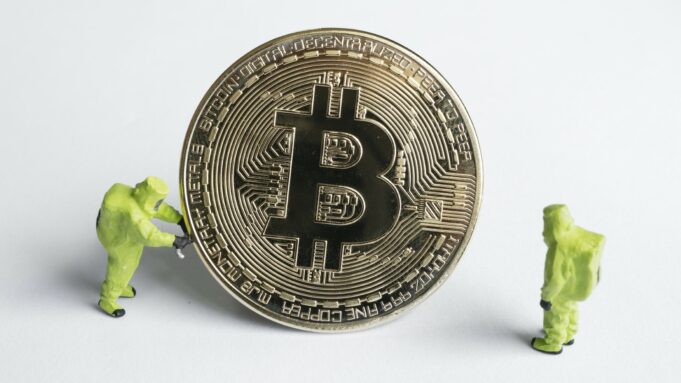The blockchain is a revolutionary technology that has the potential to transform various industries. It is a distributed ledger that records transactions and ensures their security through cryptography. One of the critical components of the blockchain is the block, which contains a set of transactions that are validated by the network’s nodes. The size of the block is an essential factor that affects the performance of the blockchain network. In this article, we will explore the connection between block size and network latency.
What is Network Latency?
Network latency refers to the delay in data transmission over a network. It is the time it takes for a packet of data to travel from one point to another in the network. Network latency is measured in milliseconds (ms) and is affected by various factors, including the distance between the sender and receiver, the number of network devices that the data passes through, and the bandwidth of the network.
Network latency is a critical factor in the performance of the blockchain network. In a blockchain network, each node maintains a copy of the blockchain ledger. When a transaction is initiated, it is broadcasted to all the nodes in the network. The nodes then validate the transaction and add it to a block. Once the block is full, it is added to the blockchain by the nodes, and the process repeats.
The Connection Between Block Size and Network Latency
The size of the block is one of the critical factors that affect the network latency in the blockchain network. A block can contain a limited number of transactions, and when the block is full, it has to be added to the blockchain before the next block can be created. The block size is measured in bytes, and the current block size limit in Bitcoin is 1MB.
When the block size is small, the transactions are processed quickly, and the network latency is low. However, when the block size is increased, the network latency is also increased. This is because the larger block size requires more time to propagate throughout the network.
When a block is created, it is broadcasted to all the nodes in the network. The nodes then validate the transactions in the block, and once they have validated the block, they add it to their copy of the blockchain. This process takes time, and the larger the block size, the more time it takes for the block to be validated and added to the blockchain.
Increasing the block size can improve the performance of the blockchain network by allowing more transactions to be processed in a single block. However, it also increases the risk of network latency, which can result in slower transaction processing times and higher transaction fees.
The Impact of Network Latency on Blockchain Performance
Network latency can have a significant impact on the performance of the blockchain network. When the network latency is high, the transactions take longer to be processed, which can result in slower transaction processing times and higher transaction fees.
High network latency can also result in a higher risk of forks in the blockchain. A fork occurs when two nodes create different versions of the blockchain, which can happen if a block is not propagated to all the nodes in the network. This can result in a split in the blockchain, which can cause confusion and lead to a loss of trust in the blockchain network.
Reducing Network Latency in Blockchain Networks
Reducing network latency is critical for improving the performance of the blockchain network. There are several ways to reduce network latency in blockchain networks, including:
1. Increasing Bandwidth: Increasing the bandwidth of the network can improve the speed of data transmission, which can reduce network latency.
2. Reducing the Number of Network Devices: Reducing the number of network devices that the data passes through can reduce network latency. This can be achieved by using a dedicated network or by using a peer-to-peer network.
3. Optimizing the Blockchain Protocol: Optimizing the blockchain protocol can reduce network latency by reducing the time it takes to validate blocks and add them to the blockchain.
Conclusion
The connection between block size and network latency is a critical factor in the performance of the blockchain network. Increasing the block size can improve the performance of the blockchain network by allowing more transactions to be processed in a single block. However, it also increases the risk of network latency, which can result in slower transaction processing times and higher transaction fees. Reducing network latency is critical for improving the performance of the blockchain network, and there are several ways to achieve this, including increasing bandwidth, reducing the number of network devices, and optimizing the blockchain protocol. By understanding the connection between block size and network latency, we can improve the performance and scalability of the blockchain network.

























